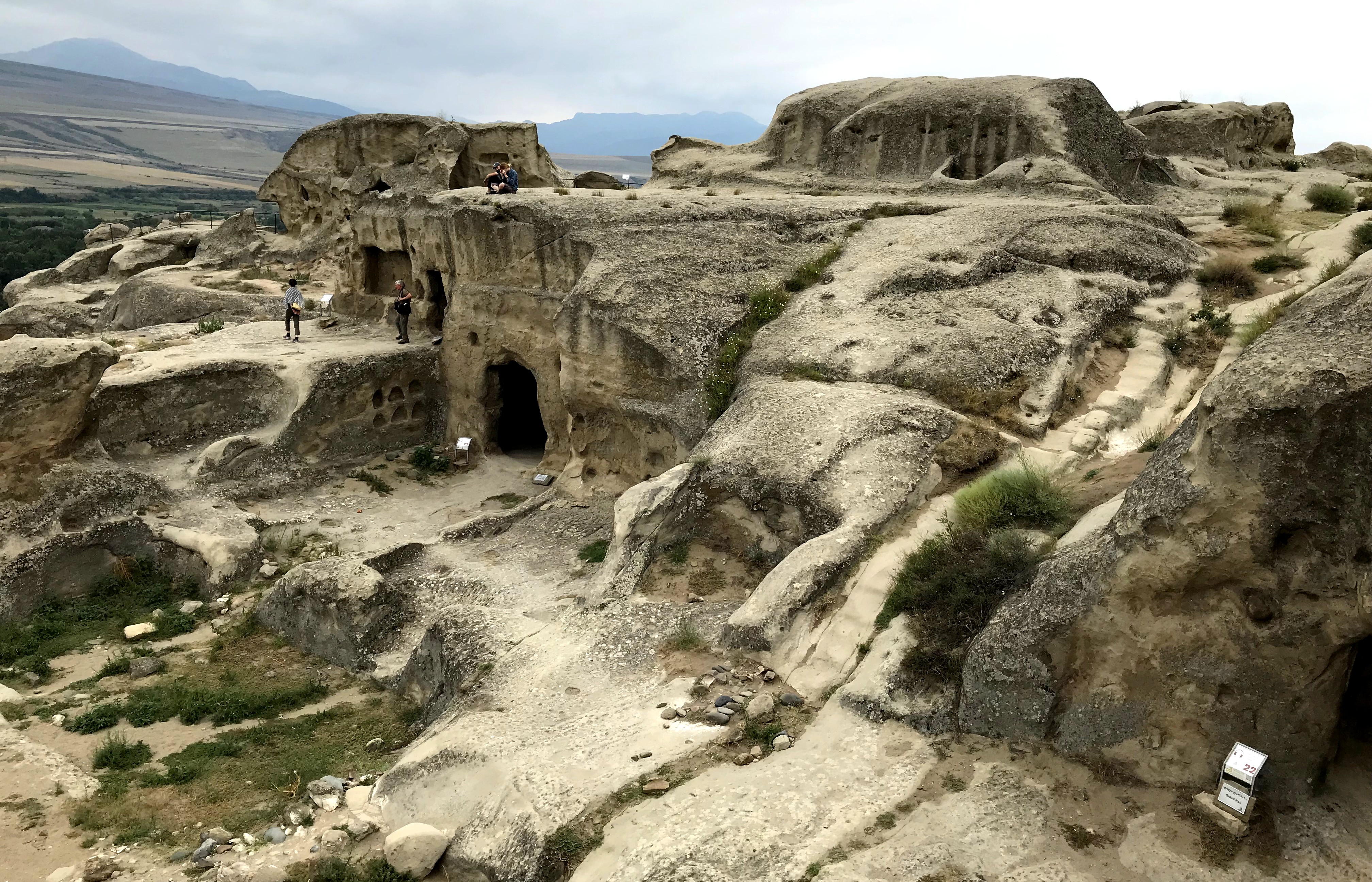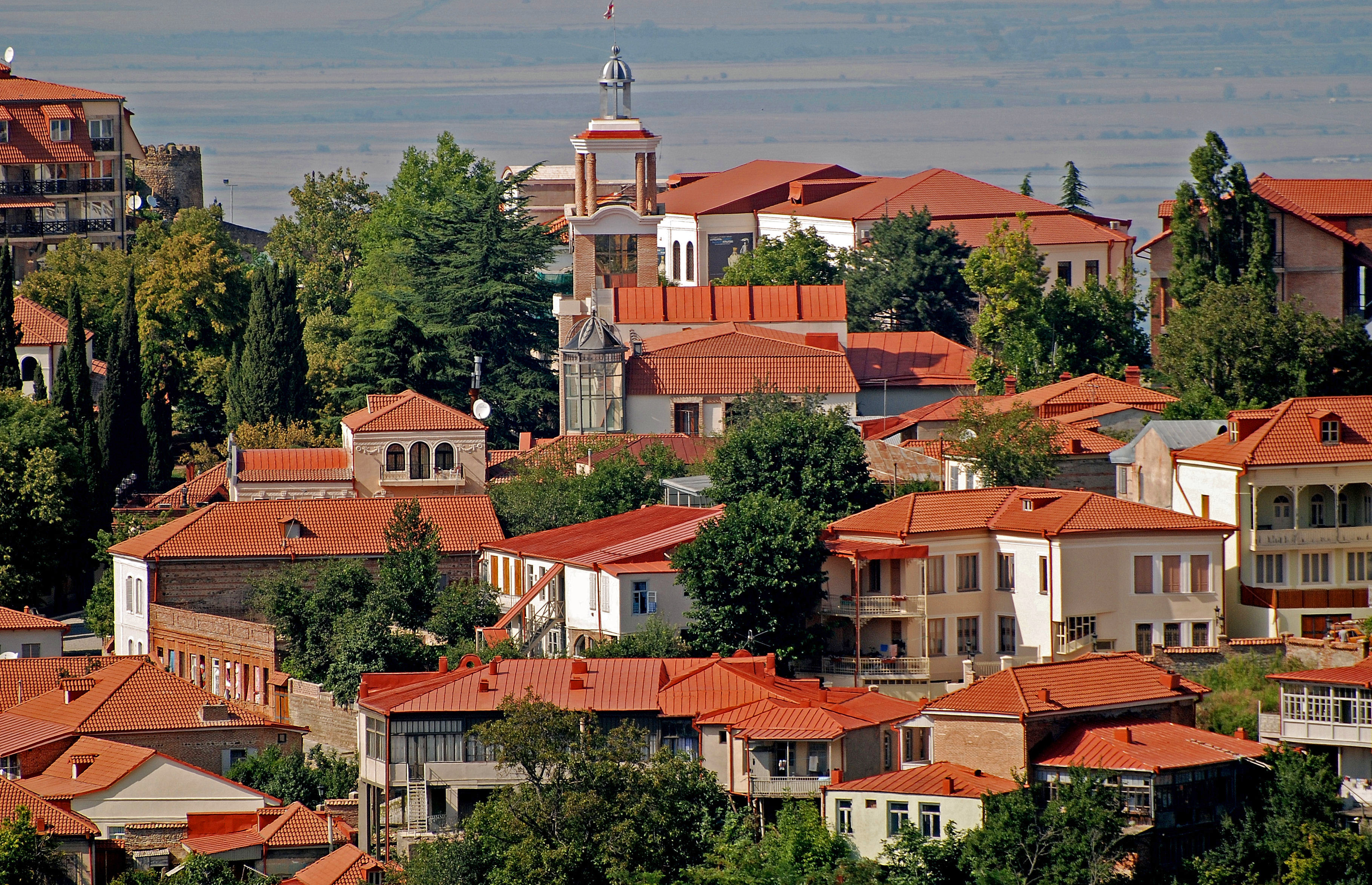|
Salamuri
The salamuri ( ka, სალამური) is a Georgian wind instrument which resembles a recorder. It is a staple part of Georgian folk music, and is ancient in origin, with early examples being in bone. Modern salamuris are made from wood, especially apricot or walnut. There are two main varieties, reeded and non-reeded, which require different techniques of crafting and playing. One player can sometimes play two salamuris at once by using either hand. Description The salamuri is a widespread wind musical instrument found in all regions of Georgia (especially in Kartli, Kakheti, Meskheti, Tusheti, Pshavi, and Imereti). Relics obtained from archaeological excavations prove the existence of the salamuri in Georgia during ancient times. Types of salamuri In Georgia, there are two kinds of salamuris preserved till the present day: reeded and unreeded salamuri. These two kinds of salamuri differ in their timber, form, sound range and resonance. The unreeded salamuri re ... [...More Info...] [...Related Items...] OR: [Wikipedia] [Google] [Baidu] |
Georgian Folk Music
Georgia has rich and still vibrant traditional music, primarily known for arguably the earliest polyphonic tradition of the Christian world. Situated on the border of Europe and Asia, Georgia is also the home of a variety of urban singing styles with a mixture of native polyphony, Middle Eastern monophony and late European harmonic languages. Georgian performers are well represented in the world's leading opera troupes and concert stages. Folk music The folk music of Georgia consists of at least fifteen regional styles, known in Georgian musicology and ethnomusicology as "musical dialects". According to Edisher Garaqanidze, there are sixteen regional styles in Georgia. These sixteen regions are traditionally grouped into two, eastern and western Georgian groups. The Eastern Georgian group of musical dialects consists of the two biggest regions of Georgia, Kartli and Kakheti (Garakanidze united them as "Kartli-Kakheti"); several smaller north-east Georgian mountain regions, K ... [...More Info...] [...Related Items...] OR: [Wikipedia] [Google] [Baidu] |
Woodwind
Woodwind instruments are a family of musical instruments within the greater category of wind instruments. Common examples include flute, clarinet, oboe, bassoon, and saxophone. There are two main types of woodwind instruments: flutes and Reed aerophones, reed instruments (otherwise called reed pipes). The main distinction between these instruments and other wind instruments is the way in which they produce sound. All woodwinds produce sound by splitting the air blown into them on a sharp edge, such as a reed (mouthpiece), reed or a fipple. Despite the name, a woodwind may be made of any material, not just wood. Common examples of other materials include brass, silver, cane, and other metals such as gold and platinum. The saxophone, for example, though made of brass, is considered a woodwind because it requires a reed to produce sound. Occasionally, woodwinds are made of earthen materials, especially ocarinas. Flutes Flutes produce sound by directing a focused stream of air ... [...More Info...] [...Related Items...] OR: [Wikipedia] [Google] [Baidu] |
Tusheti
Tusheti ( ka, თუშეთი, tr; Bats: თუშითა, romanized: tushita) is a historic region in northeast Georgia. A mountainous area, it is home to the Tusheti National Park. By the conventional definition of the Europe-Asia boundary as following the watershed of the Greater Caucasus, Tusheti is geographically a European part of Georgia. Geography Located on the northern slopes of the Greater Caucasus Mountains, Tusheti is bordered by the Russian republics of Chechnya and Dagestan to the north and east, respectively; and by the Georgian historic provinces Kakheti and Pshav-Khevsureti to the south and west, respectively. The population of the area is mainly ethnic Georgians called Tushs or Tushetians ( ka, tushebi). Historically, Tusheti comprised four mountain communities: the Tsova (living in the Tsova Gorge), the Gometsari (living along the banks of the Tushetis Alazani River), the Pirikiti (living along the banks of the Pirikitis Alazani River), and the Chaghm ... [...More Info...] [...Related Items...] OR: [Wikipedia] [Google] [Baidu] |
Uplistsikhe
Uplistsikhe ( ka, უფლისციხე ; literally, "the lord's fortress") is an ancient rock-hewn town in eastern Georgia, some 10 kilometers east of the town of Gori, Shida Kartli. Built on a high rocky left bank of the Mtkvari River, it contains various structures dating from the Early Iron Age to the Late Middle Ages, and is notable for the unique combination of various styles of rock-cut cultures from Anatolia and Iran, as well as the co-existence of pagan and Christian architecture.Khimshiashvili (1999)Online version. History Uplistsikhe is identified by archaeologists as one of the oldest urban settlements in Georgia. Strategically located in the heartland of ancient kingdom of Kartli (or Iberia as it was known to the Classical authors), it emerged as a major political and religious center of the country. The town's age and importance led medieval Georgian written tradition to ascribe its foundation to the mythical Uplos, son of Mtskhetos, and grandson of Kart ... [...More Info...] [...Related Items...] OR: [Wikipedia] [Google] [Baidu] |
Simon Janashia Museum Of Georgia
The Simon Janashia Museum of Georgia ( ka, სიმონ ჯანაშიას სახელობის საქართველოს მუზეუმი), formerly known as the State Museum of History of Georgia, is one of the main history museums in Tbilisi, Georgia, which displays the country's principal archaeological findings. The museum evolved from the museum of the Caucasian Department of the Russian Imperial Geographic Society, founded on May 10, 1852, and converted into the Caucasian Museum on the initiative of the German explorer Gustav Radde in 1865. After Georgia regained independence from Russia (1918), the museum was renamed into the Museum of Georgia in 1919. Noe Kipiani was the first director of the museum. A bulk of its collection was evacuated by the Government of Georgia to Europe following the Bolshevik The Bolsheviks, led by Vladimir Lenin, were a radical Faction (political), faction of the Marxist Russian Social Democratic Labour Party ... [...More Info...] [...Related Items...] OR: [Wikipedia] [Google] [Baidu] |
Mtskheta
Mtskheta ( ka, მცხეთა} ) is a city in the Mkhare, region of Mtskheta-Mtianeti, Georgia (country), Georgia. It is one of the List of oldest continuously inhabited cities, oldest continuously inhabited cities in the world. It is located approximately north of Tbilisi, at the confluence of the Kura (South Caucasus river), Kura and Aragvi rivers. Currently a small provincial capital, for nearly a millennium until the 5th century AD, Mtskheta was a large fortified city and a significant economic and political center of the Kingdom of Iberia (antiquity), Kingdom of Iberia. Due to the historical significance of the town and its several outstanding churches and cultural monuments, the "Historical Monuments of Mtskheta" became a UNESCO World Heritage Site in 1994. As the birthplace and one of the most vibrant centers of Christianity in Georgia (country), Christianity in Georgia, Mtskheta was declared the "Holy city, Holy City" by the Georgian Orthodox Church in 2014. In 201 ... [...More Info...] [...Related Items...] OR: [Wikipedia] [Google] [Baidu] |
Imereti
Imereti ( Georgian: იმერეთი, ) is a region of Georgia situated in the central-western part of the republic along the middle and upper reaches of the Rioni River. Imereti is the most populous region in Georgia. It consists of 11 municipalities and the city of Kutaisi, which is the capital of the region. Subdivisions The Imereti region has one self governing city (Kutaisi) and 11 municipalities with 163 administrative communities (temi), totalling to 549 populated settlements: * Eleven cities: Baghdati, Chiatura, Khoni, Kutaisi, Sachkhere, Samtredia, Terjola, Tkibuli, Tsqaltubo, Vani and Zestaponi; * Three dabas: Kharagauli, Kulashi and Shorapani; * Villages: 535 Economy Aside from the capital Kutaisi, significant towns and regional centres include Samtredia, Chiatura (manganese production centre), Tkibuli (coal mining centre), Zestaponi (known for metals production), Vani, Khoni, and Sachkhere. Traditionally, Imereti is an agricultural region, ... [...More Info...] [...Related Items...] OR: [Wikipedia] [Google] [Baidu] |
Pshavi
Pshavi ( ka, ფშავი) is a small historic region of northern Georgia (country), Georgia, nowadays part of the Mtskheta-Mtianeti ''mkhare'' ("region"), and lying chiefly among the southern foothills of the Greater Caucasus mountains along the Aragvi River, Pshavis Aragvi River and the upper reaches of the Iori River in the neighbouring region of Tianeti to the south-east. Geography Pshavi borders upon Khevsureti to the north (the two regions were historically grouped together under the name of Pkhovi); the western fringe of Tusheti and the northernmost tip of the Pankisi, Pankisi Gorge to the east; the Iori Valley and Tianeti to the south-east; the Zhinvali Dam, Zhinvali Reservoir and the Georgian Military Road to the south and south-west; and south-eastern Mtiuleti and Gudamakari to the west. The region can be divided into three main parts (valley systems): # a historical "heartland" of ''c''.10 villages in Pshavi "proper", which stretches east from the confluence of the ... [...More Info...] [...Related Items...] OR: [Wikipedia] [Google] [Baidu] |
Kakheti
Kakheti (; ) is a region of Georgia. Telavi is its administrative center. The region comprises eight administrative districts: Telavi, Gurjaani, Qvareli, Sagarejo, Dedoplistsqaro, Signagi, Lagodekhi and Akhmeta. Kakhetians speak the Kakhetian dialect of Georgian. Kakheti is one of the most significant wine producing regions of Georgia, home to a number of Georgian wines. The region is bordered to the west by the Georgian regions of Mtskheta-Mtianeti and Kvemo Kartli, to the north and east by the Russian Federation, and to the southeast by Azerbaijan. Popular tourist attractions in Kakheti include Tusheti, Gremi, Signagi, Kvetera, Bodbe, Lagodekhi Protected Areas and Alaverdi Monastery. The Georgian David Gareji monastery complex is partially located in this province and is subject to a border dispute between Georgian and Azerbaijani authorities. Geography Beyond the modern-day administrative subdivision into the districts, Kakheti has traditionally ... [...More Info...] [...Related Items...] OR: [Wikipedia] [Google] [Baidu] |
Meskheti
Meskheti ( ka, მესხეთი ) or Samtskhe ( ka, სამცხე ), also known as Moschia in ancient sources, is a mountainous area in southwestern Georgia. History Ancient tribes known as the Mushki (or Moschi) and Mosiniks (or Mossynoeci) were the first known inhabitants of the area of the modern Samtskhe-Javakheti region. Some scholars credit the Mosiniks with the invention of iron metallurgy. Between the 2nd millennium BCE and the 4th century BCE, Meskheti was part of the kingdom of Diauehi. It was subsequently, until the 6th century, part of the Kingdom of Iberia. During the 10th-15th centuries, this region was a part of the united Georgian Kingdom. In the 16th century it was the independent Principality of Samtskhe until it was occupied and annexed by the Ottoman Empire. In 1829-1917 the region was a part of Tiflis Governorate, and then briefly (1918–1921) part of the Democratic Republic of Georgia. Between 1921-1990 it was a part of the Soviet Union, ... [...More Info...] [...Related Items...] OR: [Wikipedia] [Google] [Baidu] |
Wind Instrument
A wind instrument is a musical instrument that contains some type of resonator (usually a tube) in which a column of air is set into vibration by the player blowing into (or over) a mouthpiece set at or near the end of the resonator. The pitch of the vibration is determined by the length of the tube and by manual modifications of the effective length of the vibrating column of air. In the case of some wind instruments, sound is produced by blowing through a reed; others require buzzing into a metal mouthpiece, while yet others require the player to blow into a hole at an edge, which splits the air column and creates the sound. Methods for obtaining different notes * Using different air columns for different tones, such as in the pan flute. These instruments can play several notes at once. * Changing the length of the vibrating air column by changing the length of the tube through engaging valves ''(see rotary valve, piston valve)'' which route the air through additional tubing, ... [...More Info...] [...Related Items...] OR: [Wikipedia] [Google] [Baidu] |






